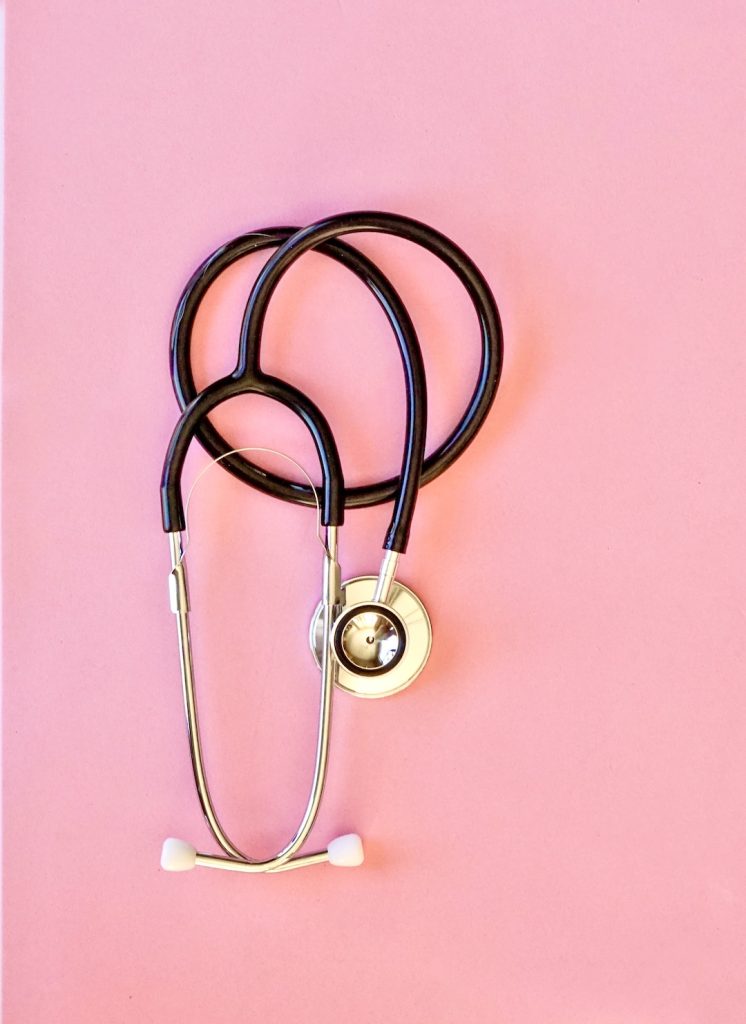
How to Tell If You Have Gallbladder Problems: Key Symptoms to Watch For
Your gallbladder may be small, but when it’s not working properly, the discomfort can be anything but. Gallbladder issues often begin with subtle symptoms—but if ignored, they can lead to serious complications like gallstones, infections, or blocked bile ducts.
Knowing the warning signs can help you catch problems early and avoid a painful emergency.
What Does the Gallbladder Do?
Tucked beneath your liver, the gallbladder stores and releases bile—a digestive fluid essential for breaking down fats. Each time you eat, especially fatty foods, your gallbladder springs into action, delivering bile into your small intestine.
But when the gallbladder is inflamed, infected, or blocked by stones, this process breaks down—leading to pain and digestive troubles.
Common Gallbladder Problems
Several conditions can affect the gallbladder, including:
- Gallstones – Hard deposits of cholesterol or bile salts that can block the bile ducts.
- Cholecystitis – Inflammation of the gallbladder, usually caused by gallstones.
- Biliary Dyskinesia – Poor gallbladder function without gallstones.
- Gallbladder Polyps – Small growths in the gallbladder, which are usually benign but sometimes require removal.
- Gallbladder Cancer – A rare but serious condition.
Recognizing the symptoms early can help you seek timely medical treatment before complications arise.
Upper Right Abdominal Pain
One of the hallmark signs is pain in the upper right side of your abdomen, just below the ribs. This pain may be sharp, dull, or cramping—and often gets worse after eating rich or greasy foods. It can last minutes or hours, and sometimes radiates to your back or shoulder blade.
Nausea and Vomiting
Feeling nauseous after meals? That could be your gallbladder. If nausea is paired with vomiting and abdominal pain, you could be dealing with cholecystitis—a serious inflammation that requires immediate medical care.
Bloating and Indigestion
Gallbladder dysfunction can disrupt digestion, leaving you feeling overly full, gassy, or uncomfortable after eating. If indigestion is a regular occurrence, your gallbladder may be the culprit.
Jaundice (Yellowing of Skin or Eyes)
A blocked bile duct can cause bile to back up into your bloodstream, resulting in jaundice. This yellowing of the skin and eyes is a red flag that needs urgent medical evaluation.
Fever, Chills, and Sweats
If a gallstone causes a blockage or infection, your body may respond with flu-like symptoms—fever, chills, or excessive sweating. This could indicate a dangerous infection like cholangitis or cholecystitis, and it warrants immediate care.
6. Changes in Stool and Urine Color
Gallbladder issues can affect bile flow, leading to noticeable changes in bowel movements and urine:
- Pale or clay-colored stools may indicate a bile duct blockage.
- Dark urine can be a sign of excess bilirubin in the bloodstream due to gallbladder dysfunction.
If you notice these changes, it’s important to see a doctor right away.
7. Pain That Radiates to the Shoulder or Back
Gallbladder pain doesn’t always stay in one place. It can radiate to your upper back or right shoulder blade, sometimes making it harder to pinpoint the source. Persistent discomfort in these areas—especially with other digestive symptoms—should not be ignored.
When to See a Doctor
If you’re experiencing persistent pain, nausea, or digestive issues, it’s best to get checked by a doctor. Seek immediate medical attention if you experience:
- Severe abdominal pain lasting more than a few hours
- Fever, chills, or sweating
- Jaundice (yellowing of the skin or eyes)
- Nausea and vomiting that won’t stop
Ignoring gallbladder symptoms can lead to serious complications, including infection, bile duct blockage, or even gallbladder rupture.
How Are Gallbladder Problems Diagnosed?
Your doctor may use one or more of the following tests to diagnose gallbladder disease:
- Ultrasound – The most common imaging test to check for gallstones or inflammation.
- HIDA Scan – A test that evaluates gallbladder function and bile flow.
- CT Scan or MRI – Used to detect gallstones, blockages, or other abnormalities.
- Blood Tests – Can help identify infection or liver function issues.
Treatment Options for Gallbladder Problems
Treatment depends on the severity of the issue. Options may include:
Lifestyle and Dietary Changes
For mild gallbladder issues, adjusting your diet may help. Avoiding fatty, fried, and processed foods can reduce symptoms and prevent gallstone attacks. Eating high-fiber foods and staying hydrated can also support gallbladder health.
Medications
In some cases, medications may help dissolve gallstones, but this approach is typically slow and not always effective.
Gallbladder Surgery (Cholecystectomy)
If gallstones or gallbladder disease cause severe pain, frequent attacks, or complications, surgery to remove the gallbladder may be the best option. Laparoscopic gallbladder removal is a minimally invasive procedure that allows for a faster recovery with less pain and scarring.
Can You Live Without a Gallbladder?
Absolutely. While the gallbladder helps with fat digestion, it’s not essential for survival. After surgery, your liver continues to produce bile, which flows directly into the small intestine.
Most people adjust well after gallbladder removal—though a few may need temporary dietary modifications to ease digestion in the early weeks of recovery.
Listen to Your Body and Take Action Early
If you’ve been experiencing symptoms like upper abdominal pain, bloating, nausea, or jaundice, it’s time to pay attention. Catching gallbladder issues early can help you avoid serious complications.
At Surgical Associates of Tulsa, our team is here to provide answers, support, and expert care. Don’t wait for symptoms to worsen—schedule your consultation today and explore your best path to relief and recovery.